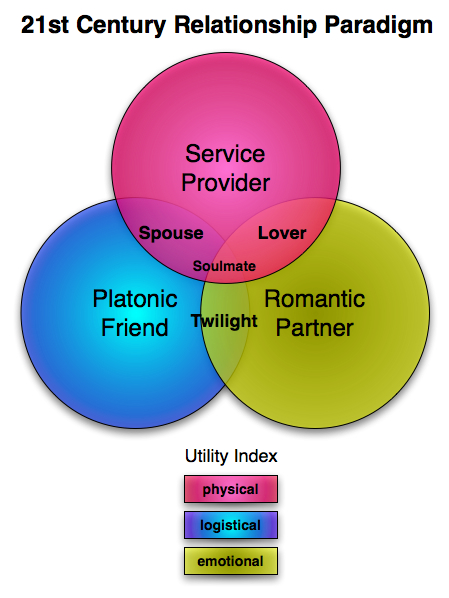Paradigm vs Theory
The primary distinction between a paradigm and a theory is that a theory offers an explanation of a phenomenon, while a paradigm serves as a theoretical or philosophical framework. Both concepts are crucial in all sciences and are frequently used interchangeably. However, they are two separate but related ideas, with a single paradigm containing multiple theories that help academics formulate additional theories using the paradigm as a reference.
Key Takeaways
- A theory explains a phenomenon or presents a relationship that exists, providing a generalized picture without exceptions.
- A paradigm is a broader concept than a theory, referring to a theoretical framework that acts as a frame of reference and is often implicit, working as an embodiment of theories.
- While theories are testable and can be falsified, paradigms provide an outlook for understanding things and are not as explicit as theories.
What is a Theory?
A theory explains a phenomenon or presents a relationship that exists, allowing us to comprehend the nature and causal relationships within that phenomenon. Theories offer a generalized picture, typically without any exceptions. They are testable and can be falsified, with evidence supporting their validity. Theories create new knowledge and promote development within a specific science, following a specific procedure. The theorist engages in experiments, observations, and various scientific methods to construct a theory logically. Hypotheses are tested repeatedly, leading to the creation of a theory. Examples of theories include Newton’s law of gravity and Marx’s theory of class.
What is a Paradigm?
A paradigm, unlike a theory, is much broader, referring to a theoretical framework. Similar to theories, paradigms function as frames of reference, helping academics channel their observations and findings. However, they are not as explicit as theories. Paradigms often underlie theories, allowing us to view things from a specific angle. They provide an outlook for understanding things. Sociology, for example, has multiple paradigms, such as structuralism, functionalism, and Marxism, which help us understand society. Each paradigm offers a basic model that aids in building theories and serves as a frame of reference. Marxism, for instance, interprets society through class conflict, providing the groundwork for theories. In pure sciences like physics, two paradigms cannot coexist, resulting in a paradigm shift.
